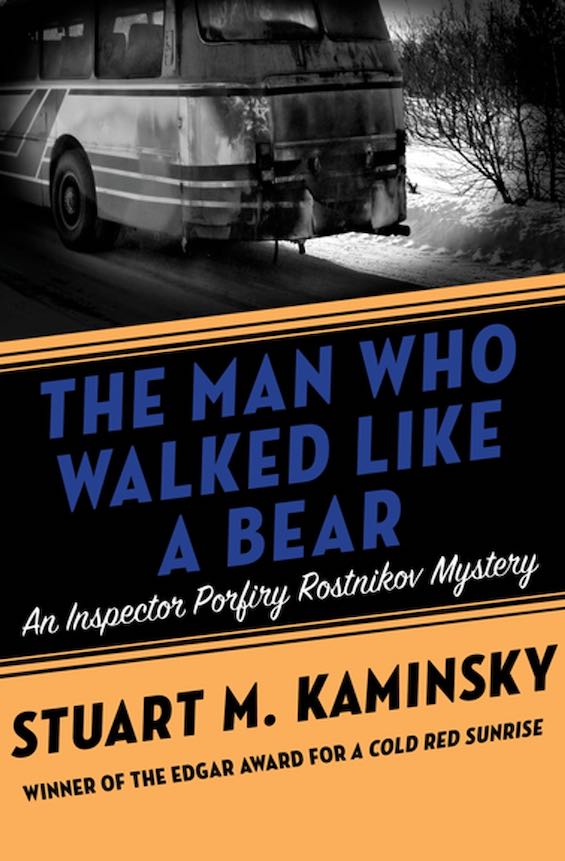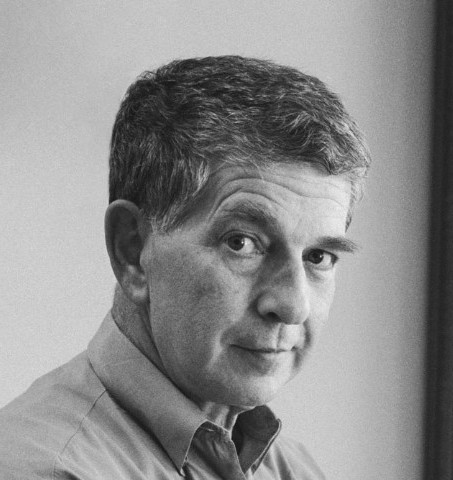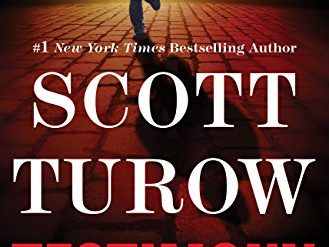
Award-winning Chicago-based mystery author Stuart Kaminsky wrote sixteen police procedurals featuring an honest Russian detective named Porfiry Petrovich Rostnikov. The first of these novels, Death of a Dissident, appeared in 1981 and depicted crime in the Soviet Union under Leonid Brezhnev. Subsequent entries in the series came out every couple of years until 2010, with the publication of A Whisper to the Living. Then, the Soviet Union had long since receded into history. The Man Who Walked Like a Bear, the sixth book, highlights the fast-changing conditions in 1989 as the USSR teeters on the brink of disintegration. Like the earlier novels in the series, it’s an intricately plotted mystery tale that serves as a historical signpost which casts light on the decline and fall of the Soviet empire.
Estimated reading time: 5 minutes
Three detectives with problems at home
There’s always a lot going on in the Porfiry Rostnikov novels, and The Man Who Walked Like a Bear vividly exhibits the author’s practice. Inspector Rostnikov’s wife Sarah is recuperating in the hospital from a successful operation to excise a brain tumor. Emil Karpo, the cadaverous veteran detective known as the Vampire, has a punishing migraine but refuses to let it defeat him. He is determined to close some of the dozens of the department’s cold cases in his spare time. Young Sasha Tkach, another honest detective, is struggling to muster the courage to tell his meddlesome mother that she can’t move into his new apartment with him, his wife, and the baby. And those are just the highlights in the lives of Inspector Rostnikov and his two closest colleagues.
The Man Who Walked Like a Bear (Porfiry Rostnikov #6 of 16) by Stuart M. Kaminsky (1990) 212 pages ★★★★☆

A crowded agenda for Inspector Rostnikov
Meanwhile, two madmen hijack a city bus, kidnapping the driver and forcing him to take them to a farm outside Moscow. The seventeen-year-old daughter of a leading member of the Politburo is plotting to kill him. And—yes—a giant who walks like a bear has just gone berserk in the hospital where Porfiry Petrovich is visiting his wife. As the inspector restrains him—Porfiry Petrovich is a champion weightlifter and is known as the Washtub—he whispers that a monster is eating the shoe factory where he works.
In other words, it’s just another day in the life of Colonel Snitkonoy’s investigators at the MVD traffic patrol, where Porfiry Petrovich has been working since his demotion for interfering with the work of the KGB.
Insight into life in the Soviet Union
The Man Who Walks Like a Bear works equally well as a police procedural and a portrait of Soviet life in the years immediately before the USSR collapsed. Kaminsky’s insight into the lives of Russian citizens shows clearly along the way.
- For example, Porfiry Petrovich muses as he interrogates a suspect: “it was almost impossible in the Soviet Union to be innocent of all crimes, since the definition of crime included intent. Someone could be guilty of thinking improperly. Yes, things had changed recently. People talked of demokratizatsiya, democratization, but those things could change back with a bullet, a quiet coup.”
- And a factory manager confides to the inspector: “We’re told by people in the city what to pay the workers, what to charge for the shoes and boots, and they don’t even know what our costs are. And we’re supposed to keep the workers happy. How do you keep a worker happy? How do you produce a good product if it doesn’t matter to anyone whether it’s good or not?”
- But not everyone looks darkly upon Soviet life, as Emil Karpo reveals. “Emil Karpo was a police inspector. He had his duty, and his duty was clear, as clear as the law. If others evaded the law, moved around it, teased its corners, corrupted it, it would not deter him from his duty. Compassion would lead to destruction. The law was all there was, the law and the State, which created the law. There was no morality, only law.”
About the author

Stuart M. Kaminsky wrote 56 mystery novels in four long-running series during his 75 years (1934-2009). He is also the author of 11 nonfiction books and numerous other works, including short stories and film scripts as well as two plays. Kaminsky grew up in Chicago and studied at local universities, with bachelor’s and master’s degrees in English from the University of Illinois and a PhD in speech from Northwestern. He taught film studies for 22 years, 16 of them at Northwestern.
For related reading
This is one of a superb series of Police procedurals spanning modern Russian history.
I’ve reviewed the previous five novels in the Porfiry Rostnikov series, beginning with the first, Death of a Dissident (A grim murder mystery set in the USSR). You can find the others by typing the author’s name in the search box on the Home Page on this site.
You might also enjoy my posts:
- Top 10 mystery and thriller series
- Good books about Vladimir Putin, modern Russia and the Russian oligarchy
- 20 excellent standalone mysteries and thrillers
- 30 outstanding detective series from around the world
- Top 20 suspenseful detective novels
- Top 10 historical mysteries and thrillers
And you can always find my most popular reviews, and the most recent ones, on the Home Page.



























